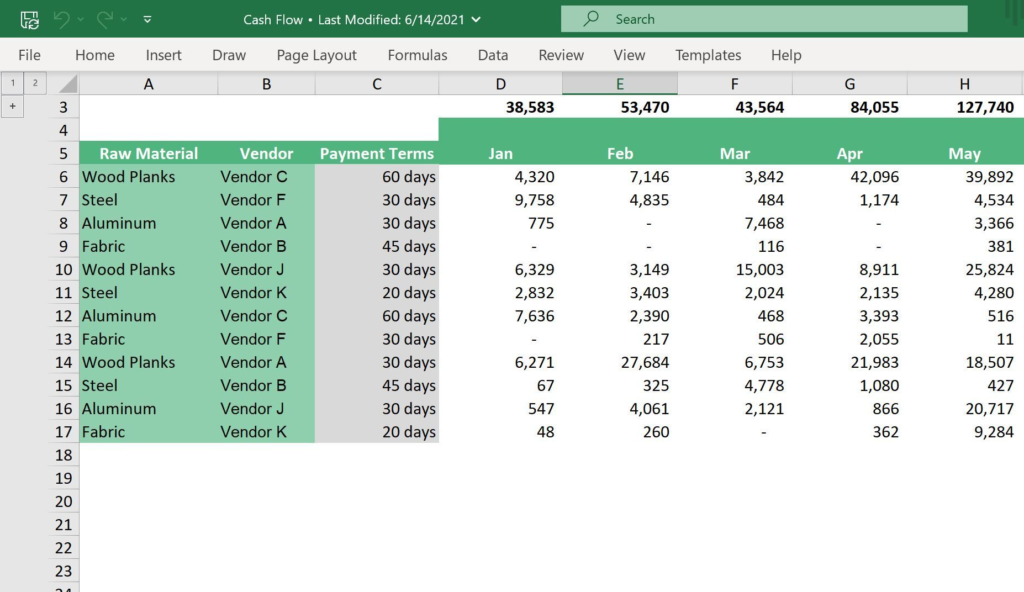
Spreadsheets. They lurk on our computers, holding budgets, to-do lists, and even the occasional recipe. But for many, these digital workhorses remain shrouded in mystery. What, exactly, can they do? And how do we unlock their full potential?
Fear not, fellow spreadsheet novices! This blog post is your comprehensive guide, delving into the features and functions that make spreadsheets the unsung heroes of organization and analysis. We’ll explore their core capabilities, unveil hidden gems, and equip you with the knowledge to tackle any data challenge with confidence.
1. The Canvas: Cells and Rows, Columns, and Sheets
Imagine a blank canvas, divided into neat little squares. That’s the essence of a spreadsheet: a grid of cells, each one a container for data. These cells can hold numbers, text, formulas, even dates and images. Rows and columns organize them, while multiple sheets within a single file let you compartmentalize your information.
Think of it as a digital filing cabinet, but infinitely more flexible. You can add, remove, and rearrange cells on the fly, tailoring the layout to your specific needs. Need to track expenses by category? Create columns for date, amount, and category. Analyzing website traffic? Designate rows for each day and columns for unique visitors, page views, and bounce rate. The possibilities are endless.
2. The Power of Numbers: Formulas and Functions
Spreadsheets aren’t just for storing data; they’re math whizzes too! Built-in formulas let you perform calculations on your data, from simple addition and subtraction to complex financial functions. Need to calculate the total cost of a project? Use the SUM function. Want to know the average age of your customers? The AVERAGE function is your friend.
But the magic doesn’t stop there. Spreadsheets boast a vast library of functions covering everything from text manipulation and date calculations to statistical analysis and logical operations. Mastering these functions can transform your spreadsheet into a powerful data analysis tool, revealing insights and trends hidden within your numbers.
3. Formatting Finesse: Making Data Sing
Data, in its raw form, can be a daunting jumble. But spreadsheets have a secret weapon: formatting. You can change fonts, colors, and cell borders to highlight important information, making your data easier to read and understand. Conditional formatting takes this a step further, automatically applying styles based on specific criteria. Imagine cells turning red when expenses exceed budget or green when sales targets are met.
Charts and graphs are another visual storytelling tool. With a few clicks, you can transform your numbers into bar graphs, pie charts, or even line graphs, revealing patterns and relationships that might otherwise go unnoticed. This visual representation makes data more engaging and impactful, perfect for presentations or reports.
4. Collaboration and Sharing: Working Together in the Cloud
Spreadsheets are no longer solitary islands. Modern software allows for real-time collaboration, enabling multiple users to work on the same file simultaneously. Imagine a team brainstorming budget ideas or updating project timelines together, all within the same spreadsheet. This collaborative power streamlines workflows and fosters communication, making spreadsheets a valuable tool for teams of all sizes.
And don’t forget the cloud! Gone are the days of emailing spreadsheets back and forth. Cloud-based spreadsheet platforms like Google Sheets and Microsoft Excel Online let you access your files from anywhere, on any device. This makes sharing and collaborating even easier, ensuring everyone is always on the same page (literally!).
5. Beyond the Basics: Advanced Features for Power Users
For those who crave deeper functionality, spreadsheets offer a treasure trove of advanced features. Pivot tables, for example, let you summarize and analyze large datasets, revealing hidden trends and patterns. Macros automate repetitive tasks, saving you time and effort. And custom functions, written in programming languages like VBA, can extend the capabilities of your spreadsheet to meet your specific needs.
The learning curve for these advanced features might be steeper, but the rewards are substantial. With dedication and practice, you can unlock the full potential of your spreadsheet, transforming it from a simple data organizer into a powerful analysis and automation tool.
Spreadsheets: A Tool for Everyone
Whether you’re a seasoned data analyst or a complete beginner, spreadsheets offer something for everyone. Their flexibility, power, and collaborative nature make them invaluable tools for organization, analysis, and communication. So, ditch the fear, embrace the grid, and start exploring the world of spreadsheets. You might just be surprised at what you can achieve!
